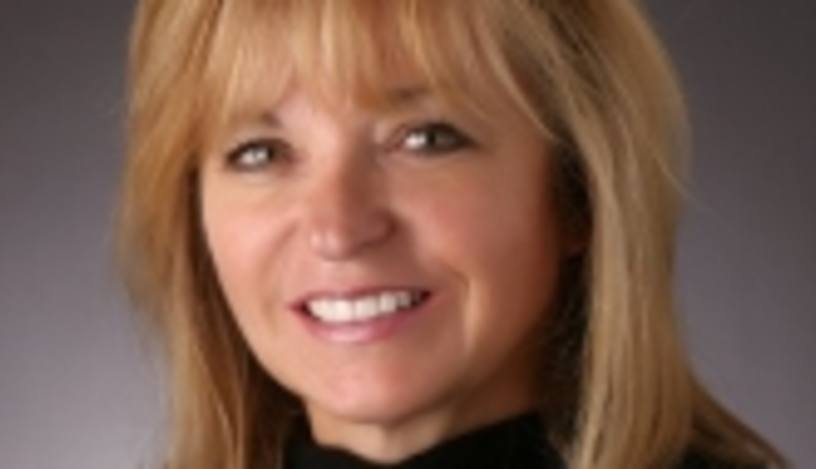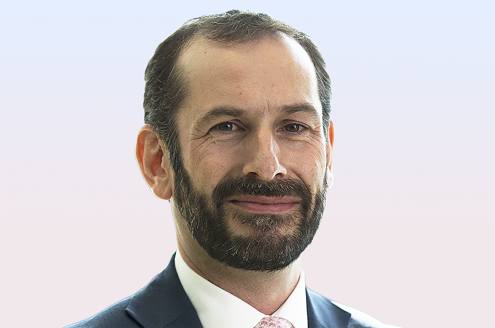It is often impossible to draw a complete diagram of a bank’s payments systems, and how they interact with each other and the bank’s clients. This problem is only compounded when a bank acquires another and adopts even more legacy systems.
When Bank of America Merrill Lynch (BAML) made acquisitions, it was not only the payment applications that wove their way into the new combined entity but also the staff. Cindy Murray, head of global treasury product platforms and e-channels at BAML, is one such employee whose banking career has seen her work at numerous banks. She has never left one bank to join another, and has instead moved through the banks along with the acquisitions.
Ms Murray's banking career began at Exchange National Bank, which was acquired by La Salle, which was owned by ABN (prior to its merger with Amro) at the time. Bank of America later bought La Salle from ABN Amro in 2007 (before it acquired Merrill Lynch). Even this chain of acquisitions shows the complexity of the organisations involved in just one career path. And, when it comes to payment systems at BAML, the picture becomes even more complex. To bring consistency and consolidate the numerous payment applications that the bank’s clients were interacting with, BAML began a global payments transformation in 2009, a multi-phased project that is expected to be completed in 2019.
Plotting a roadmap
In her current role, Ms Murray heads up the e-channels and treasury platforms teams that support corporate online banking, automated channels and global core systems. She is also responsible for product development, including treasury, liquidity, debt and trade finance services. Part of Ms Murray’s role is to draw up a roadmap of how to replace the bank’s core systems outside the US. The systems are complex and have been built over 30 years, so before deciding how to improve them, her team has to understand how the existing systems touch the banks’ clients.
Ms Murray explains how the strategic roadmap has to account for the complexities of each of the countries where the bank operates, and take into account the regulatory differences in each jurisdiction. The roadmap also needs to define the sequencing of the implementation, and schedule time to get feedback from regional stakeholders and user groups, as well as including in-depth analysis of client impacts.
The bank has replaced its portal, but re-engineering what lies behind it is much harder. “Some people are scared to replace the back-end – it is more invasive than doing the front-end,” she says.
While BAML has been concentrating on building out the back-end and putting everything on a single platform, other banks have been focusing more on the user experience and good-looking dashboards. “We are investing in building a client-centric foundation,” says Ms Murray.
Varied background
Ms Murray came to this role via an interesting career path. She was previously a teacher and worked with special needs children, and she is probably one of very few transaction bankers in the world who can read braille. She has an undergraduate degree in education and a master’s degree in industrial relations. From teaching she moved into human resources (HR) and her first job in banking, at Exchange National Bank, was in the HR, training and development department.
The acquisition of Exchange National Bank by ABN meant that Ms Murray went from a small bank to working in a much larger organisation. “That opened a lot of doors and I was able to go from HR into product management,” she says.
When she worked for ABN Amro, the bank had aspirations of being a transaction bank that would rival the industry leaders – such as Citi – and had a strategy to grow its transaction banking capabilities. The US was critical to this strategy, and Ms Murray worked on developing the bank’s cash management applications. Then, ABN restructured toward a regional structure, which led to Ms Murray becoming ABN Amro’s head of transaction banking for North America.
While she was advancing her career at ABN Amro, Ms Murray’s children were young and she was working long hours. “I achieved ‘doing it all’. I do not think I missed anything that was really important to my kids”. This meant waking up extremely early in the morning to get home in time for a big event. “Having an employer that is extremely understanding is critical,” she says, adding that ABN Amro – her employer when her children were young – was supportive.
Now at BAML, Ms Murray’s role has become more specific and more global. “I am now more niche,” she says. She adds that one of the biggest challenges is the global nature of her role and understanding the complexities of the various markets where BAML operates.






